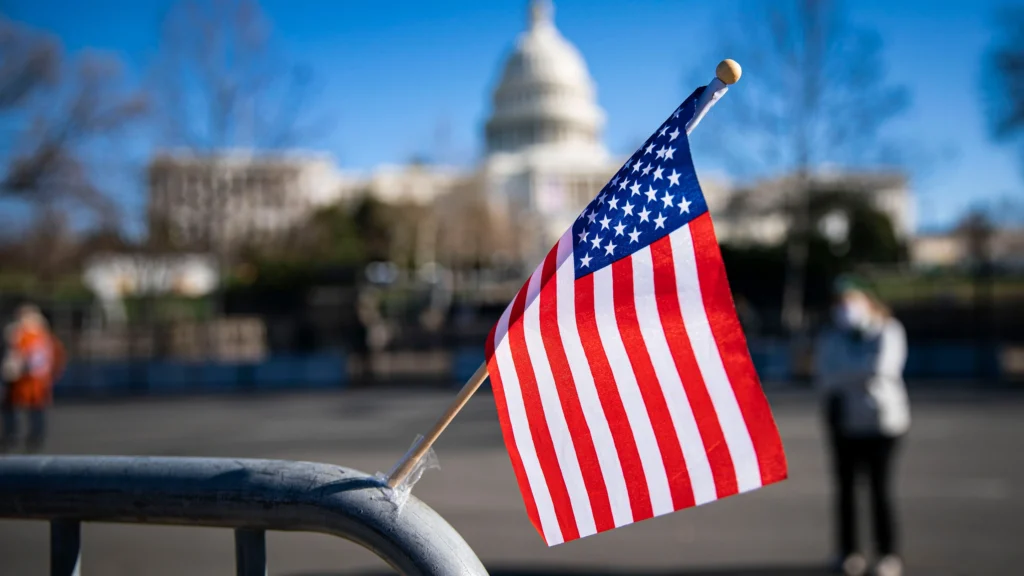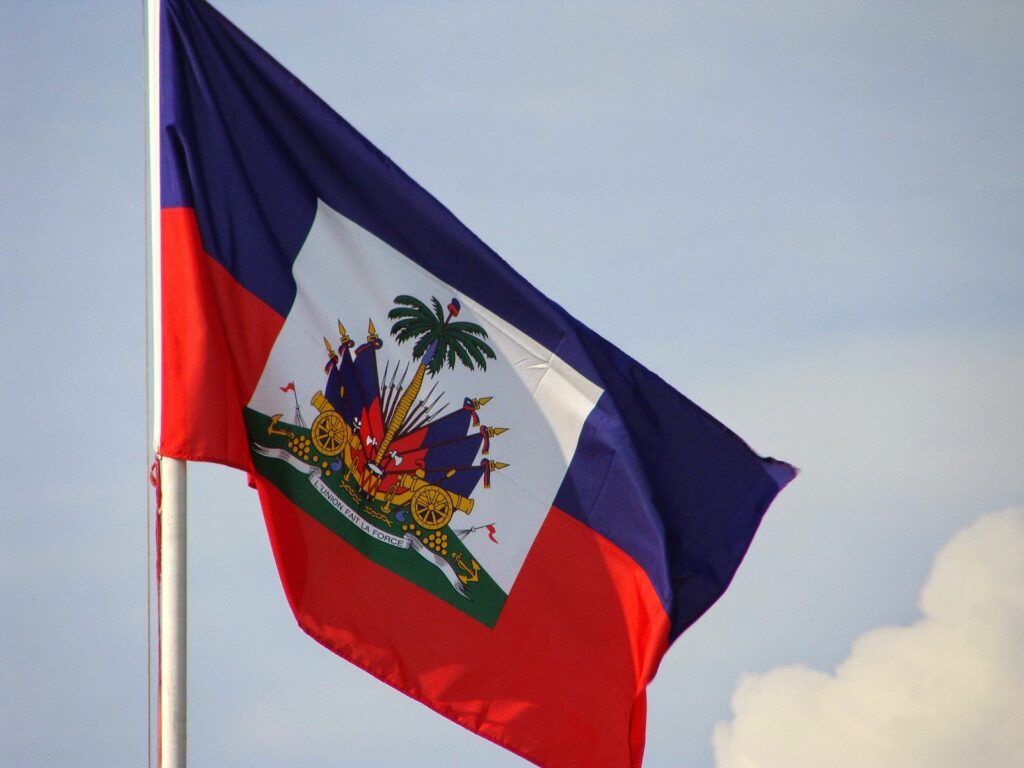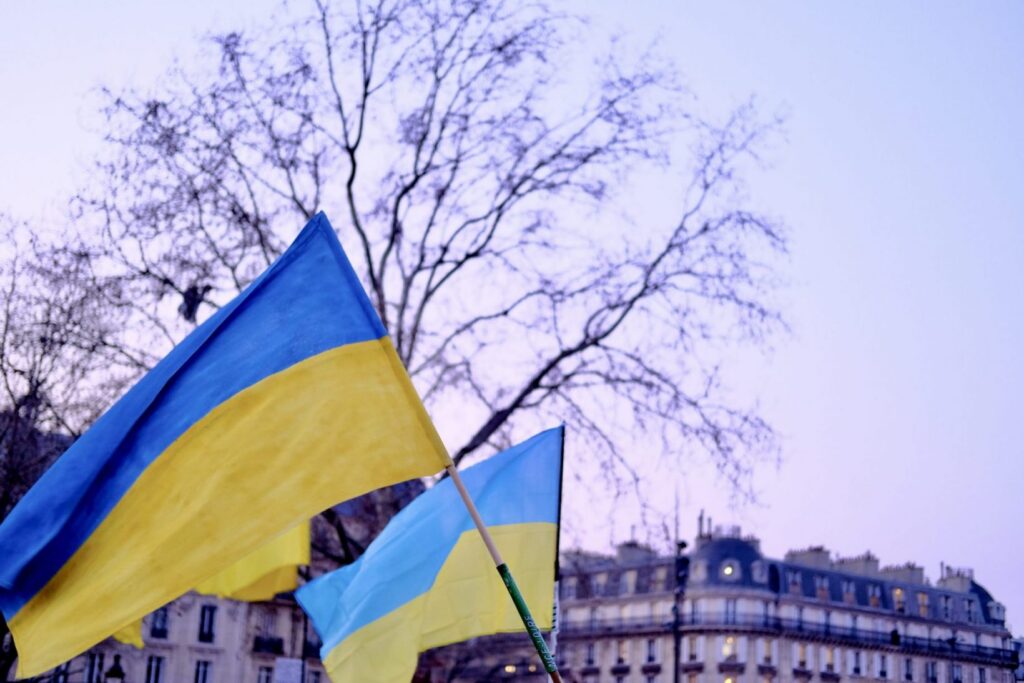Top 6 Interesting Facts About Flags of the World

Although the world flags may seem mundane, they’re pretty interesting. You might not think so at first glance, but there’s a lot of history involved in creating each one. The history behind some of these flags will come as a surprise to you, while some may shock you.
Rest assured, you’ll be intrigued for sure after knowing the history behind some of these flags. This article will give a brief history of some of these flags’ stories and details about their design elements and symbolism. So if you’re interested in learning more about how these symbols came to be what they are today, read on.
1. The Flag of the United States Is an Ensign of Freedom for All

There’s no doubt that the US flag, with its Stars and Stripes, is one of the most recognizable flags in the world. Thus, it’s no wonder it’s featured on various merchandise, including apparel. The flag of the United States represents a country with ideals as great as its history and hope for a brighter future. Betsy Ross and her assistant, upholsterer John Shaw, created the first official American flag in June 1777.
It consisted of 13 alternating red and white stripes, with 13 white stars outlined in blue on a blue field in the upper left-hand corner. This design was later modified to include two red and white stripes on each side of a blue canton that featured one large star for each state (13 stars at that time).
2. The Flag of Brazil Symbolizes Its Natural Resources

Brazil’s flag is green, with a yellow rhombus in the center. It’s one of the prettiest looking in the world but has undergone several redesigns in the past. The rhombus has a blue circle inside it, and the blue circle has a white star representing the state of Parana.
The colors of Brazil’s flag represent its natural resources, green for forests, yellow for gold and minerals, and blue for water and sky. The white star within the yellow rhombus symbolizes Brazil as a whole – a country made up of many different states, each with its unique economies and cultures. Inside the blue circle, you will find the text Ordem e Progresso. This is a Portuguese line translating to Order and Progress.
3. Canadian Flags Are Made in China

Did you know that the Canadian flag is made in China? That’s right, the maple leaf on Canada’s flag is made of polyester and is produced in China. What’s even more surprising is that the flag was designed by a 15-year-old student named George Stanley and was adopted by Parliament in 1965 as the official national emblem of Canada. The origin of the maple leaf on Canada’s flag dates back to 1777 when Quebec merchant Samuel Peters created a seal for a company he founded called “Peters, Sons & Co,” depicting a small maple leaf nestled amongst other leaves and flowers.
This image became popularized as an unofficial symbol representing Canada during World War 1 (1914–18) after being featured on war bonds issued by Ottawa during this period. However, it wasn’t until 1957 that Queen Elizabeth II officially chose it as our national emblem at Confederation Hall in Ottawa with her royal proclamation.
4. The Flag of Haiti Contains a Real Tree

There are not many countries in the world that depict actual flora as part of their flag. The Flag of Haiti is the only national flag in the world to contain an actual tree. The tree was chosen as a symbol of hope, peace, and freedom.
Several other flags include trees, but they are drawings or designs. It was designed by the first black republic, which formed after enslaved people rose against their French enslavers in 1791 (the same year as America’s revolution). The tree represents freedom, equality, justice, and unity amongst Haitians and all people worldwide who struggle for these values.
5. Denmark Has Two Flags
Denmark is the only country in the world that is known for having two flags. The first is the Dannebrog, which was raised in 1510 during the reign of Håkon VI to mark his victory over Sweden. It’s a red banner with a white cross and originally served as a war flag during times of conflict. Its name comes from the Danish words for “Danes” and “broad.” The second one was adopted in 1915 when Denmark became a constitutional monarchy instead of an absolute monarchy, making it fit for use at royal ceremonies and other state occasions.
6. Ukraine’s Flag Represents The Country’s Role as Europe’s Breadbasket

Ukraine might have recently suffered tragic losses because of the war, but its flag is a symbol of hope for its citizens. Ukraine’s flag symbolizes the country’s role as Europe’s breadbasket. The flag of Ukraine, such as the one available on usflags.com, consists of two horizontal stripes, the top stripe is blue, and the bottom stripe is yellow, with a small coat of arms in the center. Ukraine’s flag represents its status as one of Europe’s largest wheat producers.
The blue in Ukraine’s flag represents its sky and sky-related symbolism (such as hope), while the yellow represents its wheat fields. The two colors also represent Ukraine itself. Blue stands for freedom, loyalty, justice, and unity, while yellow stands for courage and glory.
Conclusion
We hope that you’ve enjoyed these fun facts about flags. While you might already know some of these facts, some might take you by surprise. Flags – they may not be essential in the world, but they can still tell us a lot about history and culture and make for great conversation starters.
The next time you see someone waving their country’s banner around town, don’t be afraid to ask them why they chose it or what they like best about it. Chances are they’ll appreciate having someone interested enough to ask questions like those instead of just looking at their clothes or shoes.



